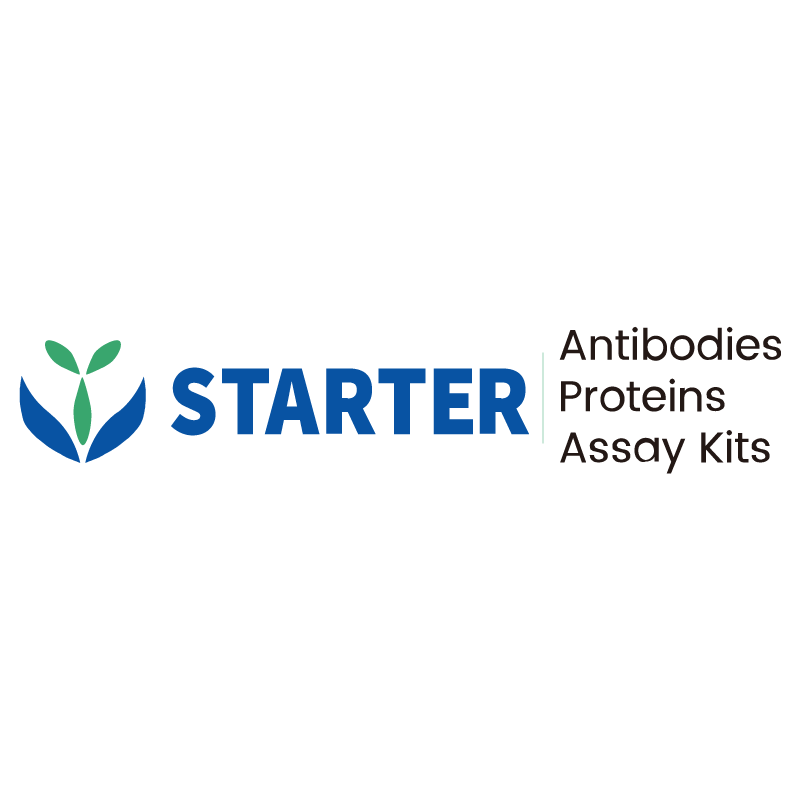WB result of Invivo Anti-Mouse CD366 (TIM-3) Recombinant mAb
Primary antibody: Invivo Anti-Mouse CD366 (TIM-3) Recombinant mAb at 1/1000 dilution
Lane 1: TIM-3/HAVCR2 His Tag Protein, Mouse 2 μg
Lane 2: TIM-3/HAVCR2 His Tag Protein, Human 2 μg
Secondary antibody: Goat Anti-rat IgG, (H+L), HRP conjugated at 1/10000 dilution
Predicted MW: 33~55 kDa
Observed MW: 33~50 kDa
This blot was developed with high sensitivity substrate
Product Details
Product Details
Product Specification
| Host | Rat |
| Antigen | CD366 |
| Synonyms | Hepatitis A virus cellular receptor 2 homolog, HAVcr-2, T-cell immunoglobulin and mucin domain-containing protein 3 (TIMD-3), T-cell immunoglobulin mucin receptor 3 (TIM-3), T-cell membrane protein 3, Timd3 |
| Location | Membrane |
| Accession | Q8VIM0 |
| Clone Number | S-R478-1 |
| Antibody Type | Rat mAb |
| Isotype | Rat IgG2a,k |
| Isotype Control | Invivo rat IgG2a isotype control |
| Application | ELISA, WB, FCM, in vivo TIM-3 neutralization, in vitro TIM-3 blocking |
| Reactivity | Ms |
| Purification | Protein G |
| Concentration | 5 mg/ml |
| Endotoxin | <2EU/mg |
| Conjugation | Unconjugated |
| Physical Appearance | Liquid |
| Storage Buffer | PBS pH7.4, containing no preservative |
| Stability & Storage |
2 to 8 °C for 2 weeks under sterile conditions; -20 °C for 3 months under sterile conditions; -80 °C for 24 months under sterile conditions.
Please avoid repeated freeze-thaw cycles.
|
Dilution
| application | dilution | species |
| WB | 1:1000 | Ms |
Background
TIM-3 (T cell immunoglobulin and mucin domain-containing protein 3), also known as HAVCR2, is a crucial immune checkpoint molecule that is extensively expressed on various immune cells, including Th1, Th17, Treg, dendritic cells, monocytes, macrophages, and NK cells. The role of TIM-3 in the tumor immune microenvironment is particularly significant, as it is highly expressed on tumor-infiltrating CD8+ T cells and regulatory T cells (Tregs), and is co-expressed with PD-1, participating in the regulation of tumor immune evasion and T cell exhaustion. TIM-3 exerts its immune suppressive function by binding to its ligands, which include galectin-9 (Gal-9), phosphatidylserine (PtdSer), carcinoembryonic antigen-related cell adhesion molecule 1 (CEACAM-1), and high mobility group box 1 (HMGB1). These interactions lead to Th1 cell apoptosis, T cell exhaustion, and immune suppression, thereby facilitating tumor cells to evade immune surveillance. In cancer treatment strategies, TIM-3 has emerged as a promising target. Furthermore, the expression level of TIM-3 correlates with poor prognosis in certain types of cancer, making it a potential prognostic biomarker.
Picture
Picture
Western Blot


